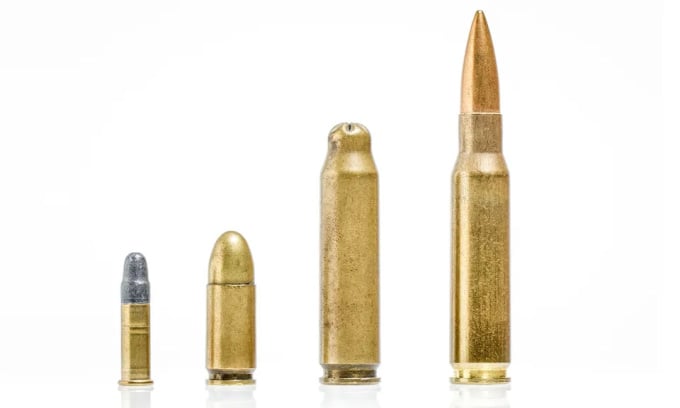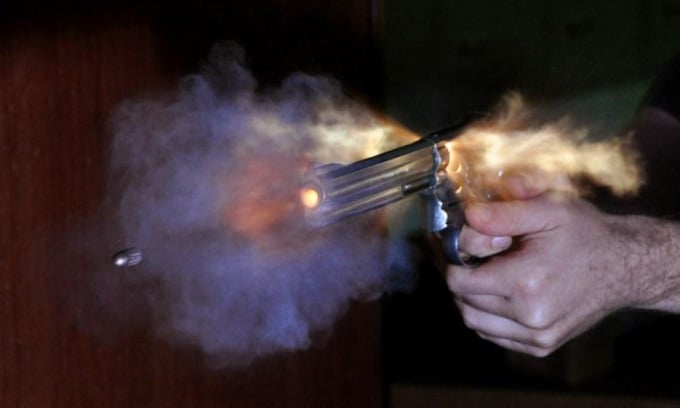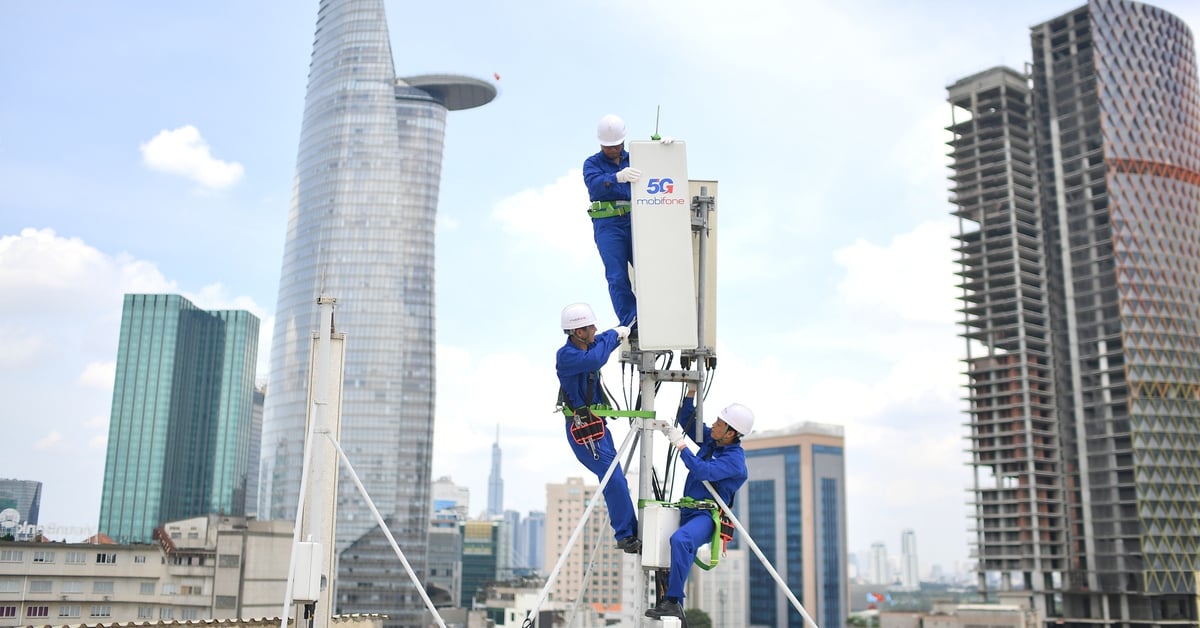Rifle bullets can leave the barrel of a gun at speeds of more than 4,300 km/h, fast enough to travel the distance equivalent to 11 football fields in one second.

The design of the bullet, whether tapered or round, contributes to the rate of fire. Photo: Brais Seara/Getty
There are many factors that affect the speed of a bullet fired from a gun. These factors can be divided into two main categories: internal ballistics (which includes the type of propellant, the weight of the bullet, and the shape and length of the barrel) and external ballistics (which includes the forces that wind, gravity, and trajectory exert on the bullet as it moves through the air). Both can be grouped into a third category, called terminal ballistics, which describes how the bullet behaves once it hits its target.
According to forensic scientist Michael Haag, bullets consist of a primer that ignites the propellant when the gun’s firing pin is pressed. This ignition creates pressure that propels the bullet forward. Most bullets are made of heavy metals like lead, coated in copper, because their mass helps them maintain momentum. To illustrate, Haag uses the example of throwing a ping pong ball and a golf ball. Both leave the thrower’s hand at the same speed, but the golf ball’s mass helps it travel farther.
Once ignited, the gunpowder burns very quickly, creating gases that push the bullet down the barrel. As it moves toward the muzzle, the bullet rubs against the barrel walls, creating a little friction. However, guns with longer barrels deliver very fast shots.
“The barrel is really the biggest limiting factor when it comes to velocity. The longer the barrel, the more distance the gases have to accelerate, and the faster the bullet leaves the barrel,” explains Stephanie Walcott, a forensic scientist at Virginia Commonwealth University.
For this reason, rifles typically offer the highest velocity. Rifles are designed for long-range use. Rifle bullets can travel as far as 2 miles. To achieve these shots, rifle bullets are designed to be aerodynamic, being longer, thinner, and heavier than handgun bullets. Gun manufacturers sometimes add spiral ribs to the barrel to help the bullet spin, thereby stabilizing its horizontal trajectory.
These characteristics allow a rifle bullet, such as a Remington 223, to leave the muzzle at speeds of up to 2,700 mph (4,390 km/h) – fast enough to travel the distance of 11 football fields in one second. A bullet from a 9 mm Luger pistol, meanwhile, will travel only half that distance at 1,400 mph (2,200 km/h).

High-speed photograph shows bullets fired from a handgun. Photo: Wikimedia Commons/Niels Noordhoek
As soon as it leaves the muzzle, the bullet begins to decelerate, Walcott says. This is because Newton’s first law states that an object in motion stays in motion unless acted upon by an external force. Among the forces acting on a bullet as it leaves the barrel are air resistance, gravity, and gyroscopic motion. Over time, the first two overcome the bullet’s tendency to maintain a steady spiral, causing it to begin to fall. Every bullet has a ballistic coefficient—a measure of its ability to overcome air resistance and fly forward—which is determined by the bullet’s mass, area, drag coefficient, density, and length. The higher the ballistic coefficient, the better the bullet can penetrate air.
“But very quickly, gravity and air resistance will start to kick in and slow the bullet down. The bullet will travel very straight for a while, then start to fall and become vulnerable to the environment,” Walcott said.
Thu Thao (According to Live Science )
Source link


![[Photo] Prime Minister Pham Minh Chinh speaks at the online Climate Summit](https://vstatic.vietnam.vn/vietnam/resource/IMAGE/2025/4/24/8e25d00641874e47ad910427c3efe772)

![[Photo] General Secretary To Lam receives CEO of Rosen Partners Group (USA)](https://vstatic.vietnam.vn/vietnam/resource/IMAGE/2025/4/23/2537171fceee43b19a8eec00d22823ff)
![[Photo] Discover Vietnam's leading aircraft maintenance workshop at Noi Bai airport](https://vstatic.vietnam.vn/vietnam/resource/IMAGE/2025/4/23/b12dde66f5374591b818f103e052cce5)
![[Photo] Prime Minister Pham Minh Chinh receives Chairman of Syre Group (Sweden)](https://vstatic.vietnam.vn/vietnam/resource/IMAGE/2025/4/23/1f541ee01d164844934756c413467634)
![[Photo] Many groups of students enjoyed exploring the Interactive Exhibition at Nhan Dan Newspaper](https://vstatic.vietnam.vn/vietnam/resource/IMAGE/2025/4/23/29184831b77143e0b9acdd71a05a40c2)










![[Video] Artificial Intelligence: Need to invest properly to not be left behind](https://vstatic.vietnam.vn/vietnam/resource/IMAGE/2025/4/23/dfc7dea149ee4f32bb185f1495a5df5f)
![[Video] Vietnam Blockchain and Artificial Intelligence Week 2025](https://vstatic.vietnam.vn/vietnam/resource/IMAGE/2025/4/23/521d72586dae4102964cfb38e17c8028)












































































Comment (0)